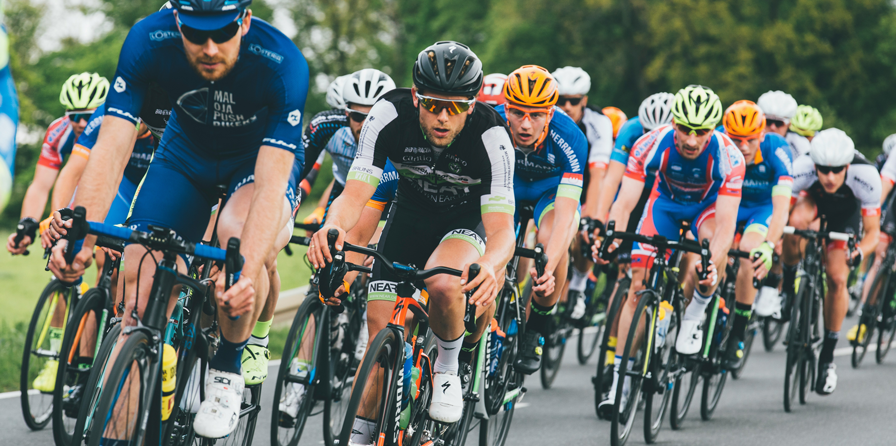NAC and Exercise Performance: What’s the Link?

N-acetylcysteine (NAC) is a precursor of the amino acid cysteine that is well-known for its role in glutathione production, our body’s “master antioxidant.” In addition to providing the cysteine required for the synthesis of glutathione, NAC also directly scavenges free radicals and helps with healthy detoxification.*
While free radical buildup and the subsequent oxidative damage that follows are associated with the hallmarks of aging, they can also occur with healthy activities—including exercise.
This is especially true during heavy exercise with muscle contraction (like weight lifting) or high-intensity training, in which free radicals are produced and contribute to microinjuries and temporary inflammatory responses. For example, compounds like lactate dehydrogenase and creatine phosphokinase are generated when tissues are damaged during exercise.
While the production of free radicals is normal during higher-intensity workouts, adequate antioxidant responses are needed to neutralize them, facilitating recovery and overall exercise performance. NAC may be one way to combat these issues due to its link to glutathione production and oxidative stress reduction, which is why it’s sometimes included in sports supplements. But does it really work to boost athletic performance? Let’s see what the research says.*
One randomized, double-blind, placebo-controlled trial examined the effects of NAC supplementation on various exercise parameters in well-trained male triathletes. After taking 1200 mg of NAC for nine days, the athletes had improved sprint performance during a cycle race, elevated post-exercise plasma total antioxidant capacity, and reduced exercise-induced oxidative damage. This suggests that even short-term NAC supplementation may help healthy athletes recover better from the oxidative effects of intense exercise.*
In addition to supporting healthier oxidative responses, NAC has been shown to support blood flow during exercise, which could contribute to an improved performance capacity. NAC also elevates the activity of cytokine signaling molecules that support a healthy inflammatory response, leading to improved muscle recovery after exercise.*
Even if you’re not a well-trained triathlete (like most of us), NAC may also benefit sedentary individuals when they begin to exercise. In this randomized controlled study, sedentary men who took 1200 mg of NAC for seven days had increased time to fatigue and greater VO2max—a measure of aerobic capacity—during a treadmill test. The NAC-supplemented men alsomaintained their total antioxidant capacity and lactate production, while men who did not take NAC saw higher lactate and lower antioxidant levels.*
Lastly, a 2023 systematic review of clinical trials concluded that NAC supplementation in adult males significantly improved exercise performance, antioxidant capacity, and glutathione homeostasis. However, they found no substantial evidence that NAC improves other laboratory markers, normal inflammatory responses, or muscle behavior.*
As oral glutathione generally has low bioavailability, NAC is the next best thing, showing promise for supporting athletic performance, recovery, and antioxidant capacity while reducing oxidative stress and possibly markers of muscle damage. However, the available studies on NAC and exercise are lacking in different populations, including older adults and women.*
NAC is considered safe and well-tolerated at reasonable doses, making it a valuable addition to individuals interested in supporting their exercise efforts and minimizing free radical damage. As always, more comprehensive clinical trials are needed to establish its efficacy across different populations and exercise modalities.*
—
* These statements have not been evaluated by the Food and Drug Administration. This product is not intended to diagnose, treat, cure, or prevent any disease.





